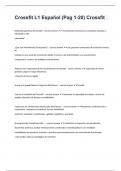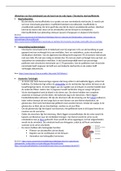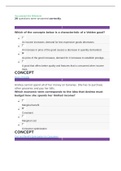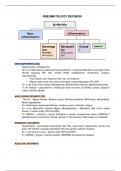College aantekeningen
Organization Theory & Design notes
- Instelling
- Hanzehogeschool Groningen (Hanze)
Chapter 1: What are Organizations? Organization Theory in Action The political economy of organizations serves as a theoretical framework centered on two pivotal concepts and their interaction: 1. Polity/Political System: This encompasses the organization’s constitution, norms, authority, powe...
[Meer zien]














